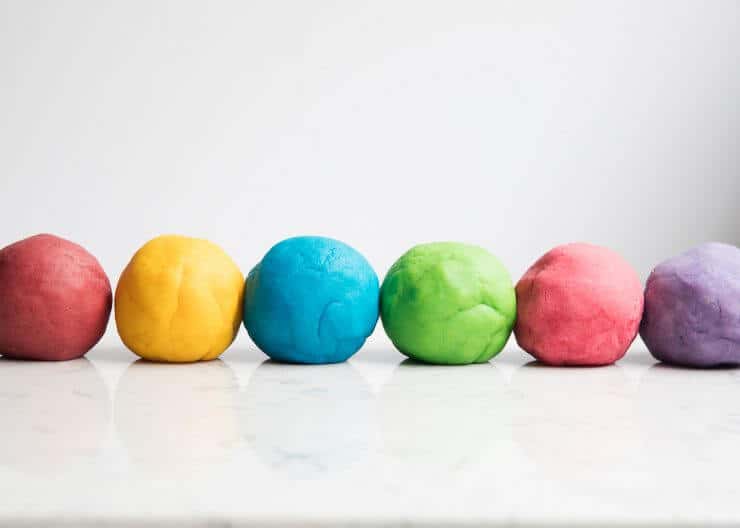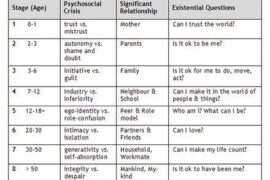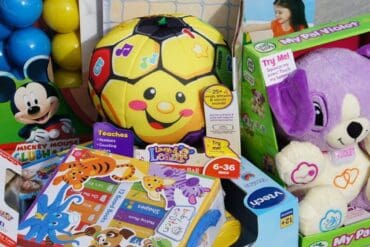Embark on a Creative Adventure: The Ultimate Play Dough Guide for Parents
Welcome to the whimsical world of play dough, where creativity knows no bounds and little hands craft endless possibilities! ? As parents, we’re always looking for ways to engage our children in activities that are fun, educational, and aid in their developmental growth. If you’re looking to sprinkle some extra delight into your child’s playtime, you’ve come to the right place!
Bonding Over Dough: The Benefits of Play Dough for Development
Before we dive into the squishy stuff, let’s knead through some benefits of play dough that go beyond just fun:
- Sensory Play: Play dough offers a tactile experience that stimulates the senses and enhances fine motor skills.
- Creativity and Imagination: It’s a canvas for the imagination, encouraging creative thinking and problem-solving.
- Emotional Development: Manipulating play dough can be a soothing activity that helps children express their emotions.
- Educational Value: Incorporate letters, numbers, and shapes for an interactive learning session.
Keeping it Safe: Play Dough Playtime Tips
As with any playtime activity, safety comes first. Here’s how to ensure your child’s play dough adventures are as safe as they are fun:
- Non-Toxic Choices: Opt for non-toxic, store-bought play dough or make your own using safe, edible ingredients.
- Age Appropriate: Ensure play dough is appropriate for your child’s age and development stage, typically recommended for ages two and up.
- Supervision is Key: Always supervise your child during play dough activities to prevent accidental ingestion or misuse.
- Clean Play Area: Maintain a clean play area to avoid the dough picking up dirt and bacteria.
- Allergy Check: Be mindful of allergies; some doughs contain wheat or other potential allergens.
Endless Possibilities: Play Dough Activities for Every Age
Now that you know the benefits and safety precautions, what’s next on our play dough odyssey?
Let’s explore a treasure trove of activities tailored to various age groups:
For Toddlers (Ages 2-3)
- Simple Shapes: Teach your toddler to roll balls, make snakes, and create basic shapes.
- Imprint Exploration: Make impressions with different objects to explore textures and patterns.
- Color Mixing: Introduce primary colors and mix them to discover new shades and hues.
For Preschoolers (Ages 4-5)
- Alphabet Fun: Form letters and spell simple words to combine literacy with sensory play.
- Number Games: Create numbers, count objects, or even tackle basic math problems.
- Imaginary Worlds: Craft miniature worlds and characters to spark storytelling and role-playing.
For School Age Children (Ages 6+)
- Advanced Sculptures: Encourage more intricate designs, promoting attention to detail and patience.
- Science Experiments: Delve into basic science by creating volcanoes or experimenting with play dough circuits.
- Artistic Masterpieces: Merge play dough with other craft materials to create mixed-media art.
Play dough is not just a simple plaything—it’s a gateway to learning, development, and family bonding. Stay tuned for more in-depth explorations of each activity, along with tips on DIY play dough recipes, cleaning up, and storage solutions, ensuring your play dough experience is as seamless as it is magical! Let’s keep those little hands busy, minds engaged, and hearts full of joy—after all, it’s the simple moments of play that shape the most cherished memories.

5 Things Parents Should Know When Preparing for Play Dough Play
1. Embrace the DIY Spirit: Homemade Play Dough Recipes
To get started, why not make your own batch of play dough? It’s simple and can be done with common pantry items. Here’s your quick checklist for homemade dough:
- Ingredients: Flour, salt, cream of tartar, water, vegetable oil, and food coloring.
- Cooked or No-Cook: Decide between a cooked or no-cook recipe. Cooked versions last longer, but no-cook is faster and involves less clean-up!
- Storing it Right: Store your play dough in an airtight container to keep it soft and pliable.
2. Creating the Ultimate Play Dough Kit
Your toolkit isn’t complete without some essentials. Gather up:
- Rolling Pins: For flattening and shaping dough.
- Cookie Cutters: To create fun shapes and figures.
- Plastic Knives and Scissors: For cutting and adding details.
- Stamps and Textured Tools: For imprinting patterns and bringing creations to life.
- Storage Containers: Keep all tools and play dough neatly organized.
3. Introducing Play Dough Etiquette
Setting ground rules is important. Teach your child:
- Play Area Boundaries: Play dough stays in a designated area to avoid mess throughout the house.
- Mixing Limits: While blending colors is fun, combining all the dough into a murky blob can be disheartening.
- Tool Use: Explain the purpose of each tool and how to use them safely.
4. Integrating Learning with Play
Using play dough time for educational purposes doubles the benefits. You can:
- Spell with Dough: Encourage letter and word formation to bolster literacy skills.
- Math with Shapes: Shape dough into numbers and perform basic arithmetic.
- Science and Dough: Conduct experiments that incorporate the use of play dough to teach basic scientific concepts.
5. Clean-Up Made Simple
Maintaining cleanliness is a breeze with these tips:
- Washable Mats: Use placemats or washable tablecloths to catch stray dough.
- Dough Scraper: A kitchen scraper efficiently gathers dough bits from surfaces.
- Immediate Response: Clean spills and crumbles quickly to avoid hardened dough on toys or carpets.
Making the most out of play dough time is not just about letting your child play, but about engaging with them and setting the stage for a smooth, educational, and joyous experience. With the preparations out of the way, get ready to roll out the dough and roll in the fun! The memories of shaping, squishing, and sculpting alongside your child will be the ones that stick – much like play dough to a dining room table! Let’s mold some fun and learning into every playtime!
For more great fun click here. For more information see here
Disclaimer
The articles available via our website provide general information only and we strongly urge readers to exercise caution and conduct their own thorough research and fact-checking. The information presented should not be taken as absolute truth, and, to the maximum extent permitted by law, we will not be held liable for any inaccuracies or errors in the content. It is essential for individuals to independently verify and validate the information before making any decisions or taking any actions based on the articles.




